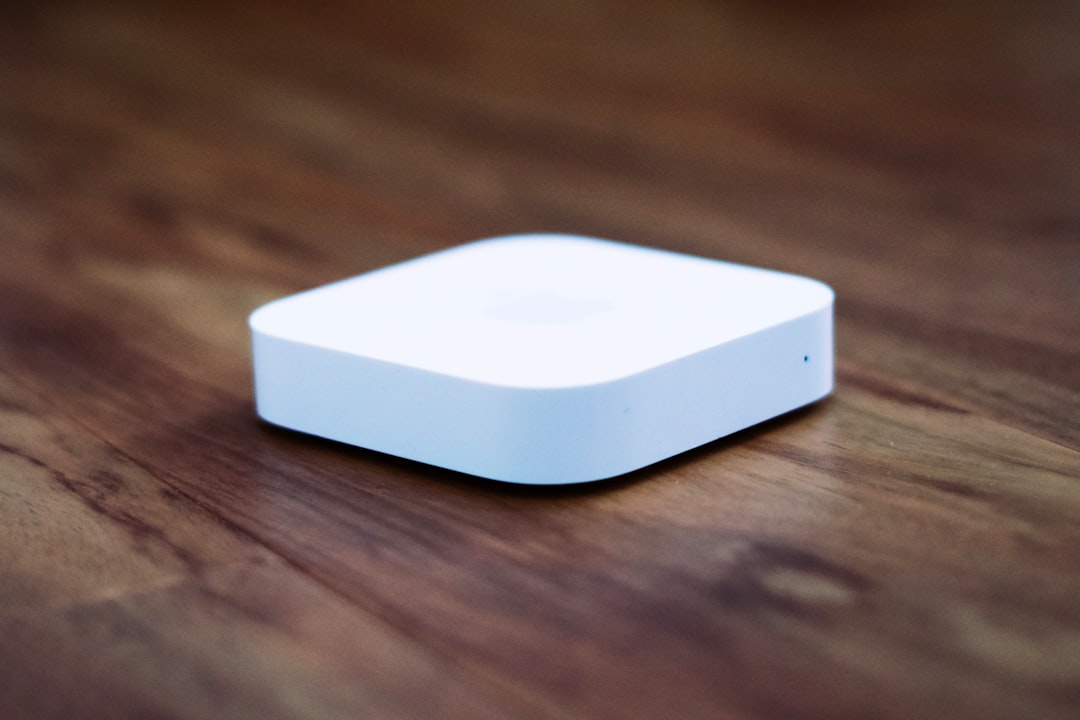I just started playing with Zigbee so when Dusun reached out to send me one of their gateways for me to test, I was really intrigued as the gateway they offered already had the Zigbee, Z-Wave, and Bluetooth modules installed inside, so there were no need to mess out with dongles.
Gateway Overview
The gateway in question is the Dusun DSGW-210-HA-F1 which comes preinstalled with Home Assistant and contains modules for WiFi, Zigbee 3.0, and Z-Wave, as well as an integrated battery of 6000mAh. It is powered by the RK3328 Quad-core Cortex-A53 processor, it has 2 GB of RAM and 32GB of on board storage.
The full review video is available below.
First Run
When I first started the gateway, I was a bit lost as I wasn't sure what was going on. The gateway had its blue light lit up, but even after I found its IP address assigned from the router, I wasn't able to connect to it and I was getting a timeout message.
All of the documentation that I found, said that I should be able to access Home Assistant, but I was not so I logged to its SSH access through a terminal.
What the terminal showed, when I listed the Docker images inside, was that Home Assistant was not started yet as all of the images were being downloaded and updated on its first run. This now makes a lot of sense, but in the first 15 minutes with the gateway, I was confused and without a clue how to proceed.
Eventually, inside the Docker processes list, I saw a process called HA observer that was running on a different port and when I accessed it, I was able to see some of the logs of the gateway so I realized it was still starting.
After about 20 minutes, I refreshed the Home Assistant page and I was then able to see its welcome screen.
Home Assistant image
The Home Assistant application is installed through its official Docker image so there is no bloatware or anything else that I found inside. Just the clean image of HA that I was able to create a default account, set up my home, and have it running in no time once the gateway was ready.
I'm not that much into Docker so I can't tell if it is set correctly but it seems to work.
What I like about the gateway
Inside the gateway box, there is a plastic bracket intended to hold the gateway. By the look of it, the bracket is made so the gateway can be mounted on a wall or even hung from the ceiling. This is super nice as I liked the aesthetics of the gateway and its build quality, so I can easily imagine it on the ceiling providing all the necessary radios and integrations.
The integrated modules make it an easy choice as you don't have to mess around with dongles, making for a much cleaner setup, especially if the gateway is visually exposed.
The onboard battery is a nice addon since it can keep the local WiFi and Zigbee on for some time in the event of a power failure but since a lot of devices might depend on the power availability, I'm not sure how useful it will be unless there is a backup system for the entire house.
With the built-in 4G LTE backup, it can stay online as well and provide a backup option for external access if the local network is down.
Issues I faced
My first disappointment with the gateway came from the box, as it has a list of the features printed on it. Written there was LoRaWAN and I was super excited about it, but that excitement faded away when I realized that the model I have does not include the LoRa module.
Additionally, the gateway comes with a Bluetooth module, but for unknown reasons, I could not make it work no matter what I tried. I suspect that it might be an issue where the Docker container does not have access to the underlying hardware module but I did not know how to fix it. If you have any ideas, please let me know in the comments.
Now, those two are somewhat of an issue but I would not classify them as critical. However, when I tried to turn off the gateway with the onboard power button, no matter what I did, the gateway was either rebooting or doing nothing so it stayed permanently on. I even tried to trigger a shutdown from inside Home Assistant and from the SSH console but no matter what I tried, I never managed to get the onboard LEDs to turn off even when Home Assistant was not running.
Additionally, what I consider to be the biggest issue with the gateway is the fact that if you press and hold the power button from the side for 10 seconds, the gateway is reset to its factory settings, completely deleting any integrations, automation, and devices that you might have added to Home Assistant.
This is simply not allowed as people spend years customizing their setup, just to lose it in 10 seconds if someone is messing up with the gateway. I'm not sure what was their reasoning behind it but it is an awkward choice and feature to implement.
Final Verdict
So with all of that, I like the idea and the physical appearance of the gateway. It is a super easy way to have Home Assistant running in minutes with the most common wireless standards already installed so you can directly add your devices.
However, the fact that all of your hard work can be deleted in just 10 seconds externally makes it a definite no for me. With some small modifications in the firmware and improvements to the user experience, I think that this can be an awesome piece of hardware to get you started with Home Assistant and I sure hope that Dusun will listen and fix it.
If you have any questions or you want me to try things on the gateway, feel free to reach out in the comments.





